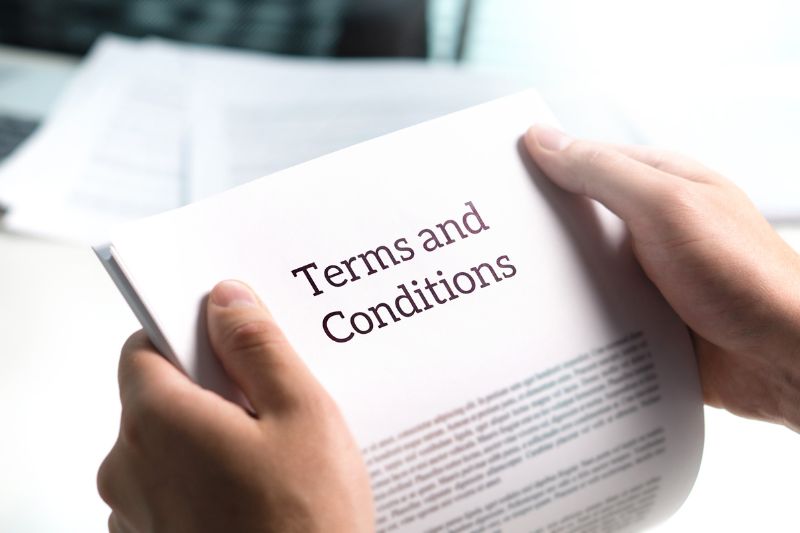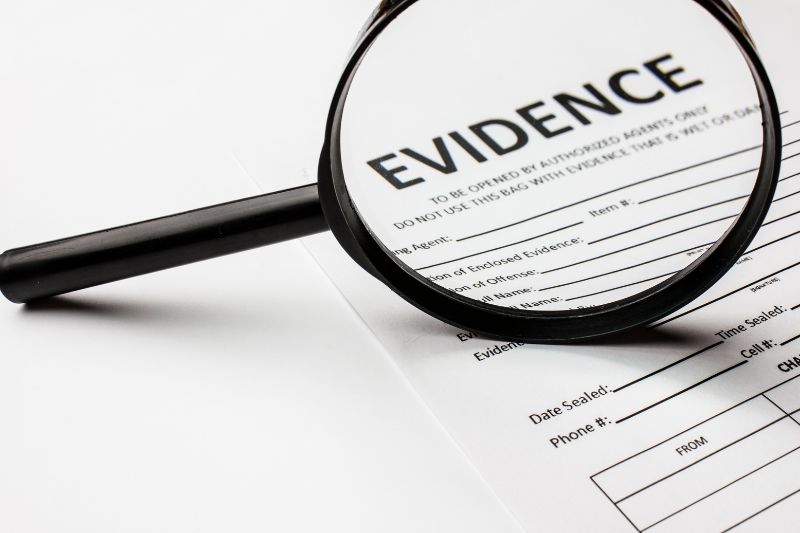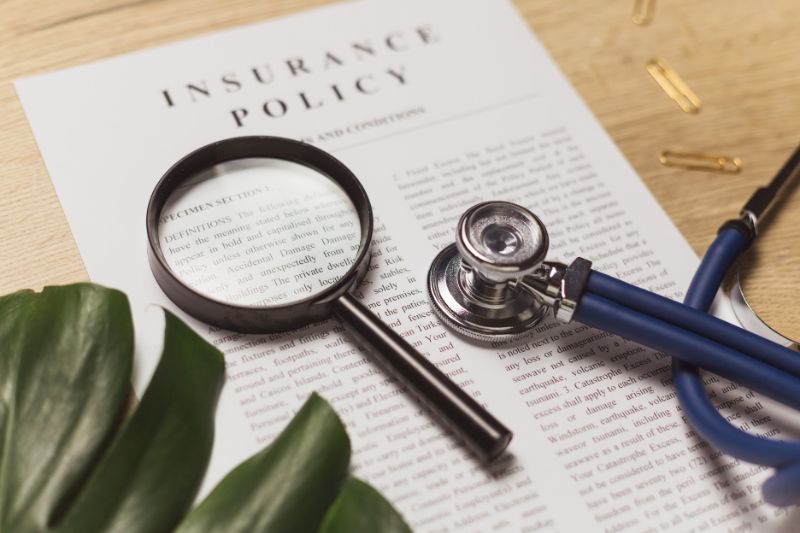When facing an insurance dispute, it’s crucial to follow a systematic approach to maximize your chances of resolving the issue. Your insurance company owes you a legal duty of “good faith and fair dealing.” The law requires your insurance company to deal with you in “good faith” because it controls the big three in your claim – time (delay), money, and the hurdles to payment.
Most insurance companies rarely meet their duty of good faith. That’s why we created this comprehensive list to guide you through the process of settling your insurance dispute.
If you find yourself in an insurance dispute, here are nine steps you should consider taking:
Have You Been In A Car Accident?
The Attorneys of Stinson Law Group has over 50 years of combined experience. We are committed to helping our clients navigate complex insurance disputes with the utmost attention, compassion, and commitment. If you need help with an insurance dispute, please contact us for a free consultation.
Step 1: Review the policy
Begin by thoroughly examining your insurance policy. Familiarize yourself with its terms, coverage limits, exclusions, and conditions. Understanding the specific provisions that apply to your situation will help you determine the validity of your claim.

Step 2: Understand your rights
Educate yourself about your rights as an insurance policyholder. Familiarize yourself with the laws and regulations governing insurance in your jurisdiction. This knowledge will help you determine if your insurer is acting in bad faith or violating any legal obligations. Our experienced team of attorneys is well-versed in “Bad Faith” Disputes law. Trial lawyer Laurence Stinson spent the first twelve years of his career representing insurance companies.

Step 3: Document the details
Keep a detailed record of all interactions with your insurer, including dates, times, and the names of individuals you speak with. Take notes during conversations, highlighting important points and commitments made by the insurance company. This documentation will serve as evidence if you need to escalate the dispute later.

Step 4: Gather evidence
Collect all relevant evidence to support your claim. This may include photographs, videos, receipts, medical records, police reports, and any other documentation related to the incident or loss you are claiming. Strong evidence will strengthen your position during negotiations or potential legal proceedings.

Step 5: Communicate in writing
Maintain a written record of your communications with the insurance company. Send letters or emails to your insurer, clearly explaining your position, the facts of the case, and your expectations for a resolution. This written correspondence will serve as evidence and create a paper trail of your efforts to resolve the dispute.

Step 6: Follow the claims process
Adhere to the insurance company’s claims process and provide all requested documentation promptly. Keep copies of everything you submit. Be proactive in following up on the progress of your claim, maintaining a respectful and persistent approach throughout.

Step 7: Seek legal advice
If your efforts to resolve the dispute have been unsuccessful or the insurance company is acting in bad faith, consult with an experienced insurance attorney. They can evaluate your case, provide legal guidance, and advocate for your rights. An attorney will be well-versed in insurance laws and can help you navigate complex legal procedures if litigation becomes necessary. At Stinson Law Group, we understand how intimidating the legal system is, but we don’t want it to intimidate you. We believe you should feel comfortable asking any question and get an understandable answer from your lawyer and their legal team. We pride ourselves on treating our clients respectfully, explaining things clearly, and answering all questions.

Step 8: Consider mediation or arbitration
Once you have a legal team on your side, explore alternative dispute resolution methods like mediation or arbitration. These processes involve neutral third parties who can help facilitate a resolution without going to court.

Step 9: File a complaint
If all else fails, file a formal complaint with the relevant regulatory authority overseeing insurance in your jurisdiction. This step can prompt the insurer to take your claim more seriously and may lead to a resolution or investigation. Stinson Law Group’s team of dedicated attorneys will be by your side

Get the help you deserve for your insurance dispute
Remember, the process of resolving an insurance dispute can be challenging and time-consuming. It’s important to remain persistent and not give up on your claim. Seeking legal representation, when necessary, can greatly increase your chances of a fair resolution.
At Stinson Law Group, we do everything we can to protect our clients from unfair treatment by insurance companies, corporations, and prosecutors. When you, or a friend or loved one, are faced with legal uncertainty, you need an experienced and serious lawyer who will take all of the possible factors into consideration and best represent you and protect what is valuable. Contact us today to get started.

Get In Touch
Remember, every insurance dispute case is unique, and circumstances may vary. By working with Stinson Law Group, you can have peace of mind knowing that your rights are protected and that you have a skilled legal team fighting for your best interests. Contact us today!

